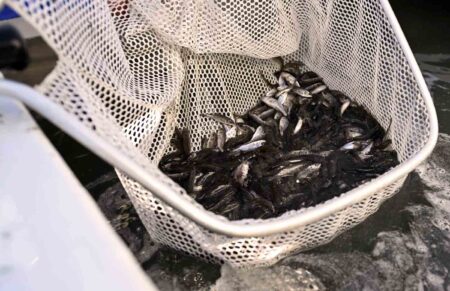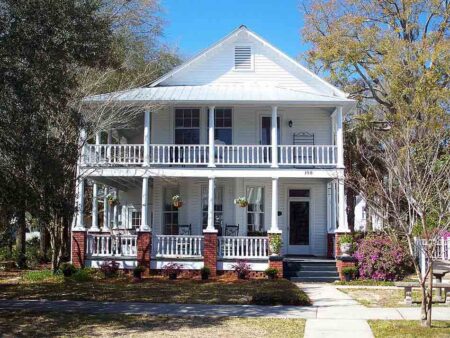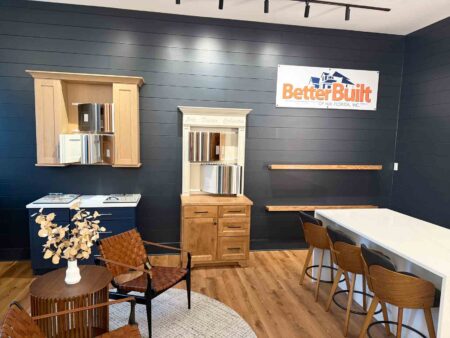North Florida – Landscaping to create a wildlife habitat is not difficult but careful planning is needed. This involves planning to include food, shelter and water for those wild critters you wish to attract.
One place to start is to replace unused or declining areas of the lawn with beds or groupings of trees, shrubs and groundcover plants to improve wildlife habitat. Including low-maintenance native plants in your landscape can be a key to attracting wildlife.
We have a wealth of native plants from which to choose in Florida. The following are a few of the native plants suitable for use in North Florida landscapes to provide food and cover for wildlife. Native maples such as Florida maple and red maple produce seeds which are used by squirrels.
Nuts from hickory trees are important food for many wild animals. The fruit from our native dogwood is eaten by many birds during the fall and winter.
The bright red berries of the American and Dahoon hollies are excellent food for birds and other wildlife and they provide ornamental value to the landscape during winter. Southern red cedar provides both excellent nesting cover and small fruits for birds.
The black gum or tupelo is a good bee tree and it provides berries for many mammals. The cabbage palm has fruits which are important to many of our native wild animals.
Florida has more native plants suitable for use in home landscapes than any other state. In most cases, our native animals do best in landscapes with plants native to the area in which they live.
Leaving a couple of dead trees on an average size lot can easily provide a nesting site for a number of cavity-nesting birds such as kestrels and woodpeckers. For safety and aesthetic reasons, consider leaving a dead tree a reasonable distance from a house or removing the top portion.
Properly placed and cared for nest boxes also can enhance cavity-nesting bird populations.
Leaving a natural low area or wet spot on your property where seasonal flooding occurs or creating a permanent water source can be an attraction for wildlife in an urban environment. A reliable, clean source of water is important, especially during hot summer months.
Small ponds and birdbaths are good ways to provide water. Keep in mind that many birds prefer baths with textured bottoms for firm footing and butterflies generally do not drink free-standing water.
The following UF/IFAS Extension links provide more information on landscaping for wildlife.
https://edis.ifas.ufl.edu/publication/UW175 https://edis.ifas.ufl.edu/entity/topic/landscaping_for_wildlife
Larry Williams is the Extension horticulture agent with the Okaloosa County Cooperative Extension Service, University of Florida. Contact Larry at 689-5850 or email lwilliams@myokaloosa.com.







